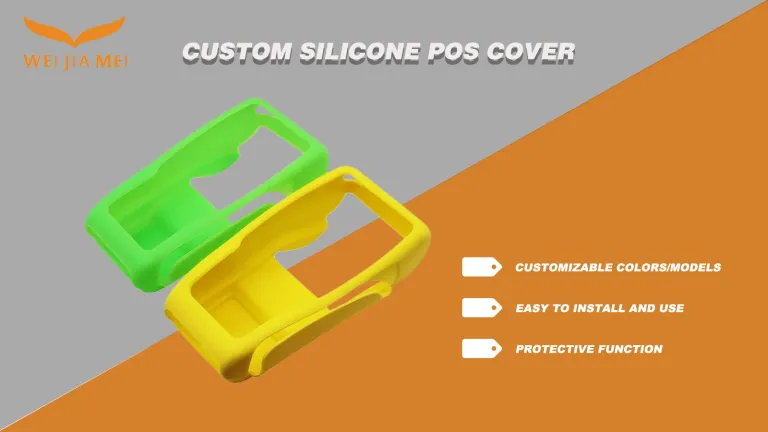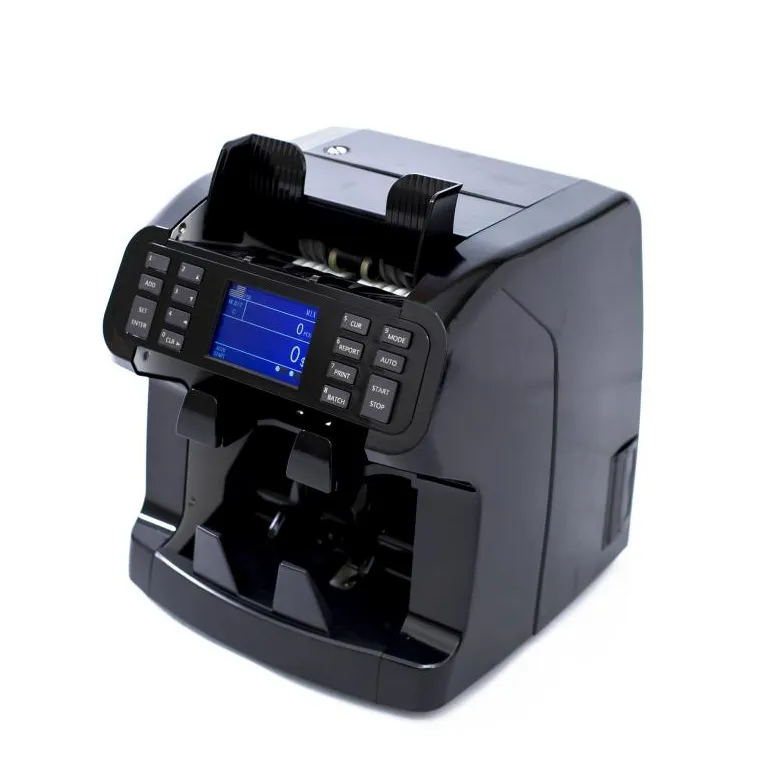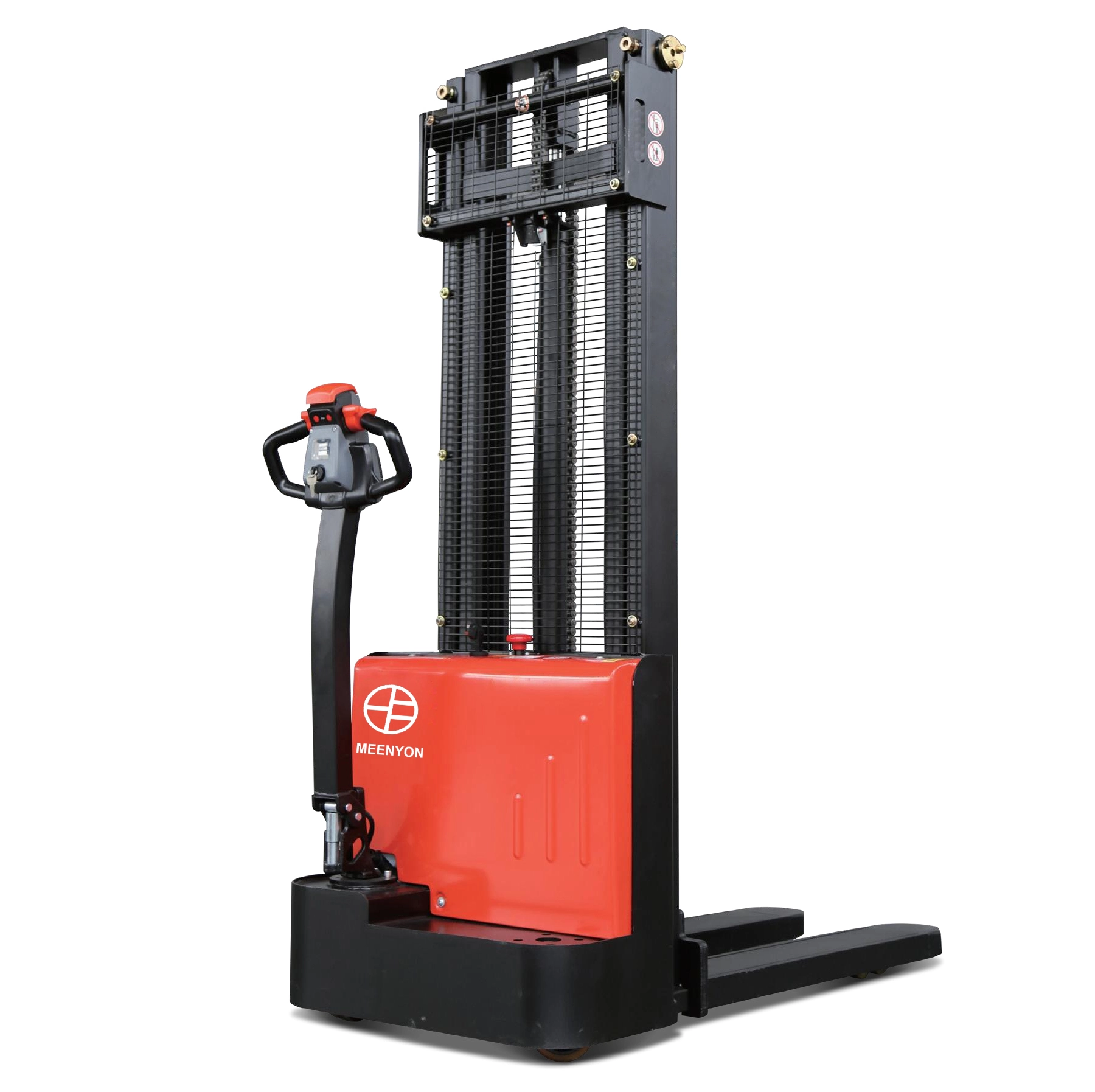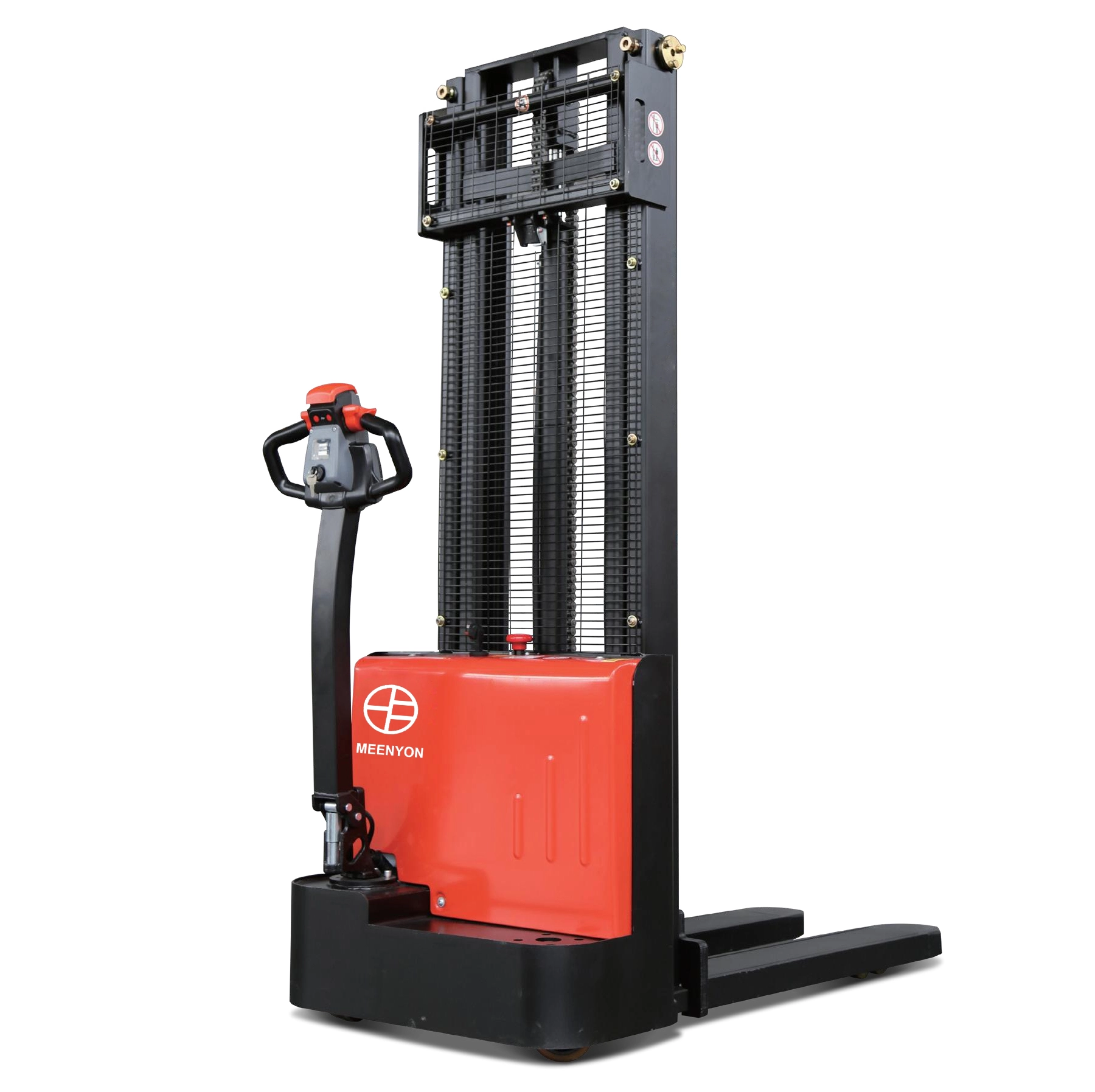WJM Silicone has carved a niche for itself as a leader in the field of silicone and plastic product manufacturing. With over 20 years of experience, the company has consistently delivered innovative, high-quality solutions tailored to meet the needs of its diverse clientele. As a trusted custom silicone case manufacturer, WJM specializes in turning client ideas into reality by offering comprehensive services that span from design to production. Whether it’s a protective case for electronics or custom components for industrial use, WJM stands out as a reliable partner in product development.
Expertise in Custom Silicone Product Design
At WJM Silicone, product development begins with meticulous design. The company’s team of skilled engineers and designers works closely with clients to understand their specific requirements and translate them into functional designs. Using advanced software and tools, WJM ensures that every detail is accounted for, from precise dimensions to aesthetic elements. This focus on customization allows clients to create products that are not only practical but also visually appealing.
Advanced Manufacturing Capabilities
WJM Silicone’s state-of-the-art manufacturing facilities are equipped with cutting-edge technology, enabling the production of high-quality silicone and plastic products. The company uses precision injection molding and compression molding techniques to create intricate designs with exceptional accuracy. These advanced capabilities allow WJM to handle projects of varying complexity, from small-scale prototypes to large-volume orders. This makes the company a preferred choice for businesses seeking reliable custom case manufacturers.
Diverse Applications Across Industries
One of WJM’s key strengths is its ability to cater to a wide range of industries. The company produces custom silicone cases and products for consumer electronics, automotive, healthcare, and retail sectors. For instance, its durable POS terminal cases are widely used in retail environments, while its sleek tablet covers are popular among tech companies. This versatility ensures that WJM can meet the unique needs of different markets, making it a go-to partner for businesses worldwide.

High-Quality Materials for Superior PerformanceThe durability and functionality of WJM’s products stem from the use of premium-grade materials. The company employs high-quality silicone that is both flexible and robust, offering excellent resistance against impact, moisture, and dust. These eco-friendly materials ensure that every custom silicone case provides long-lasting protection while maintaining a lightweight profile. By prioritizing material quality, WJM delivers products that stand out in terms of performance and reliability.
Customization Options for Branding and Functionality
WJM Silicone offers extensive customization options to help businesses create unique products that reflect their brand identity. Clients can choose from a variety of colors, textures, and finishes to design cases that align with their branding goals. Additionally, features such as anti-slip surfaces or waterproofing can be incorporated into the design to enhance usability. This level of customization ensures that every product is tailored to meet both aesthetic preferences and practical needs.
Commitment to Sustainability
As an environmentally conscious silicone case manufacturer, WJM prioritizes sustainability throughout its operations. The company uses recyclable materials and adheres to strict environmental standards during production. By choosing WJM’s eco-friendly products, clients can align with sustainable practices while benefiting from high-quality solutions. This commitment underscores WJM’s dedication to creating products that are both innovative and environmentally responsible.
Exceptional Customer Support
WJM Silicone prides itself on providing exceptional customer service at every stage of the product development process. From initial consultations to final delivery, the company works closely with clients to ensure their needs are fully understood and met. Its team of experienced professionals offers expert guidance on design refinement, material selection, and production timelines, ensuring a seamless experience from start to finish.In conclusion, WJM Silicone’s expertise in custom silicone product development makes it a trusted partner for businesses seeking innovative solutions. With advanced manufacturing capabilities, high-quality materials, and a commitment to sustainability, WJM continues to set industry benchmarks as a leading custom silicone case manufacturer. Whether you need protective cases for devices or specialized industrial components, partnering with WJM ensures exceptional results tailored to your unique needs.


 The Future of Concierge Medicine
The Future of Concierge Medicine The Future of Boutique Medicine
The Future of Boutique Medicine Choosing a Trusted Windshield Replacement Provider
Choosing a Trusted Windshield Replacement Provider Choosing a Trusted Windshield Replacement Service
Choosing a Trusted Windshield Replacement Service
 The Future of Forklift Manufacturing with Meenyon
The Future of Forklift Manufacturing with Meenyon
